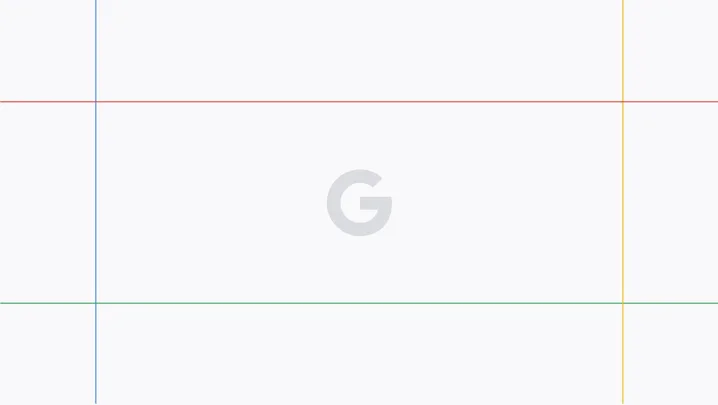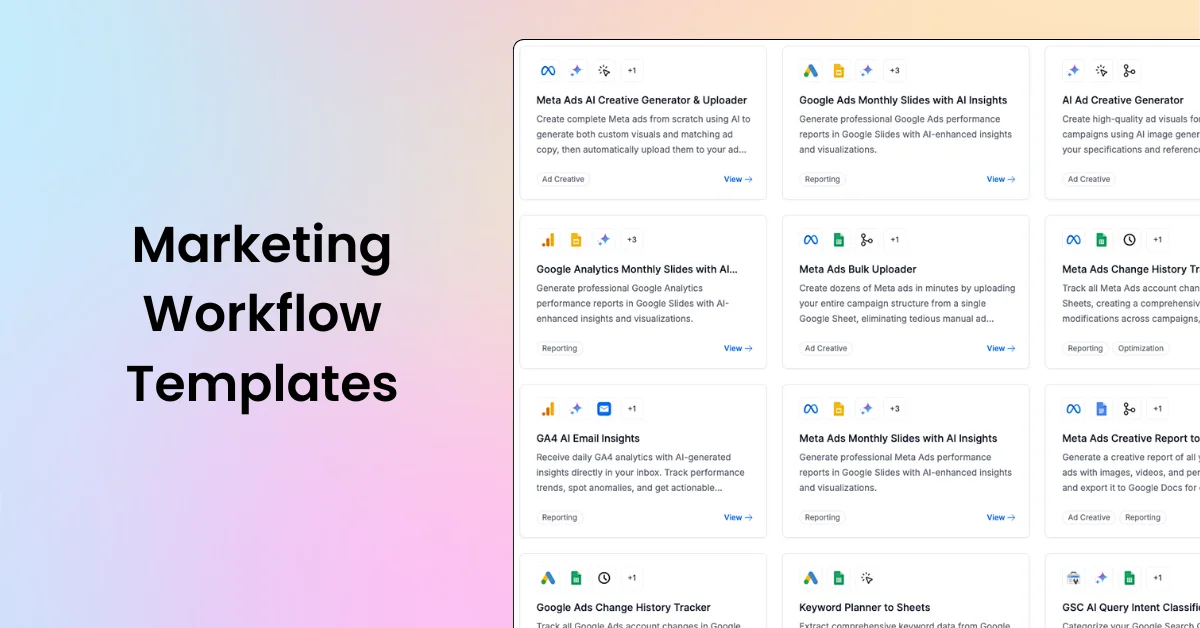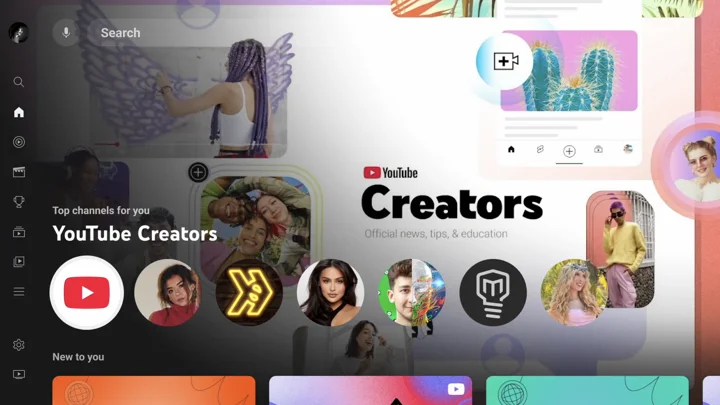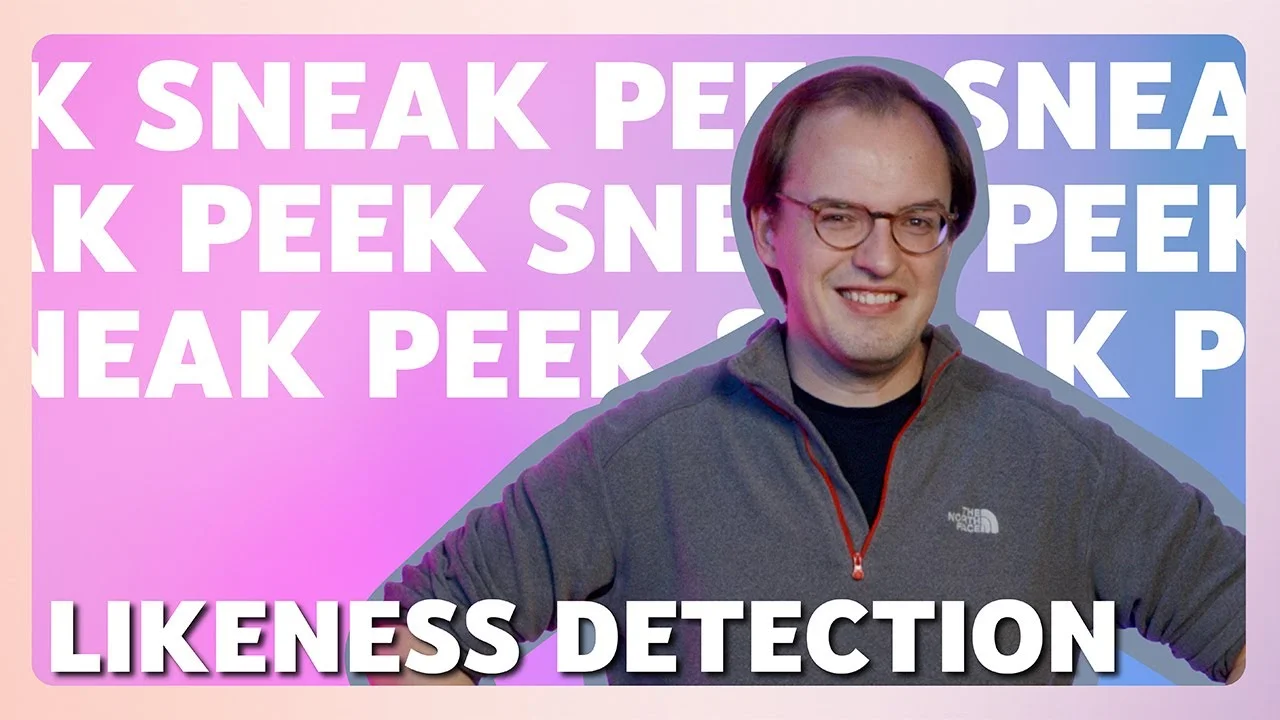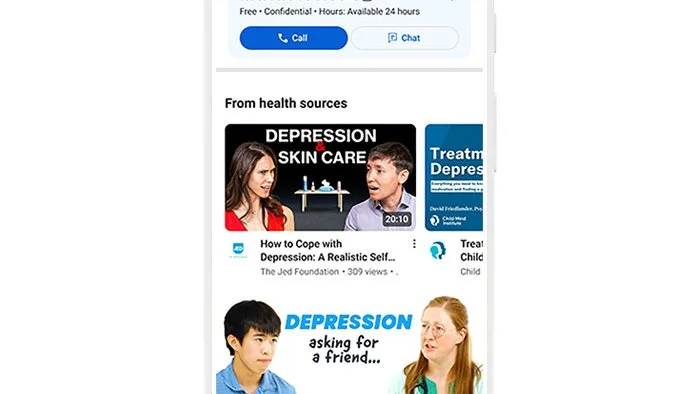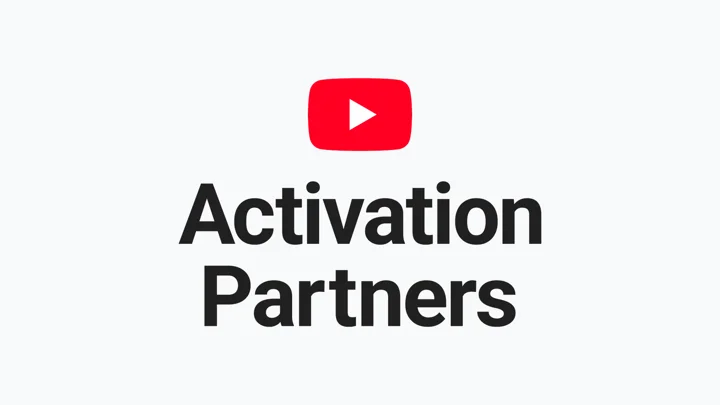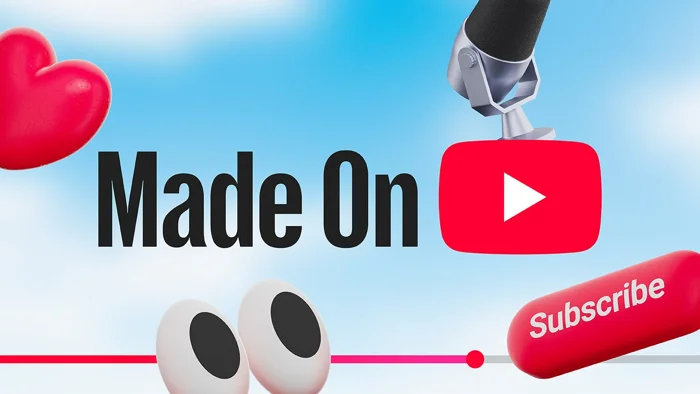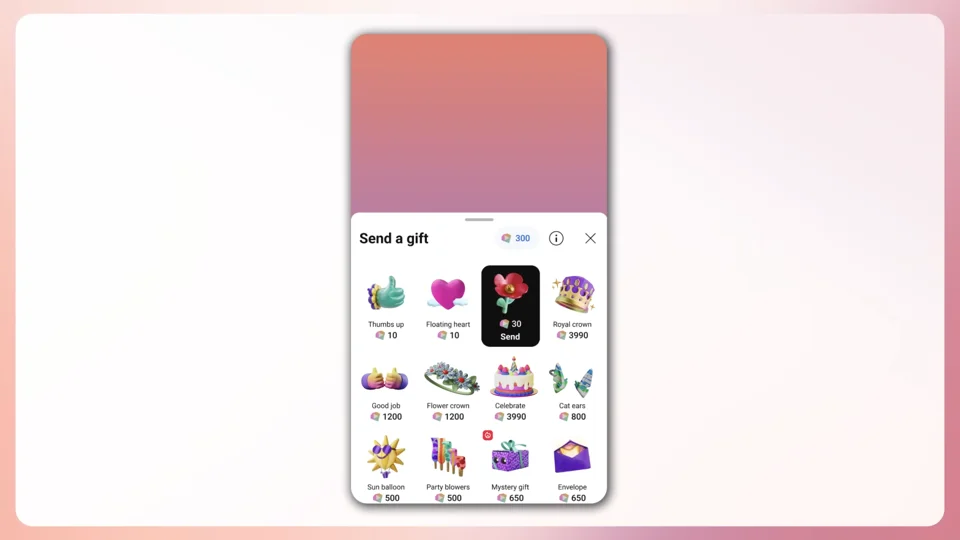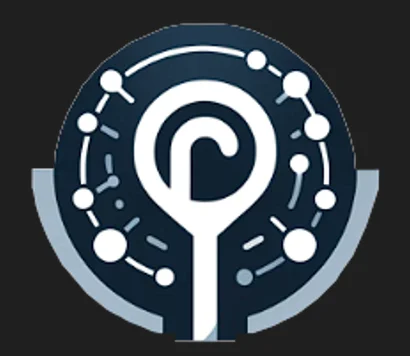Google is introducing machine learning-based age assurance technology in the U.S. to distinguish between users under and over 18, aiming to provide safer, age-appropriate experiences for young users. This rollout will start with a small user group and expand after monitoring its effectiveness. The initiative is part of Google's broader commitment to online safety for kids and teens, complementing existing measures such as Family Link parental controls and YouTube Kids.
Age-Appropriate Protections
For users identified as under 18, Google automatically applies enhanced protections, including:
- Activating YouTube Digital Wellbeing tools like break reminders and content safeguards.
- Disabling Timeline in Google Maps.
- Turning off personalized advertising and restricting age-sensitive ad categories.
- Blocking minors from accessing adult-restricted apps on Google Play.
How Age Assurance Works
Google uses a two-step approach combining age estimation and verification:
- Age Estimation: Machine learning analyzes signals from user activity, such as search history and YouTube video categories, to estimate whether a user is under or over 18.
- Age Verification: If a user is mistakenly identified as under 18, they can correct their age by submitting a government ID or a selfie.
Users estimated to be under 18 receive notifications explaining changes to their settings and how adults can verify age to manage these settings.
Commitment to Privacy and Collaboration
Google emphasizes user privacy by not collecting additional data or sharing detailed user information with other apps or websites. The company supports a collaborative ecosystem approach to online safety, encouraging other companies to adopt similar age assurance technologies. This effort aims to ensure children have privacy-preserving, age-appropriate experiences across Google’s platforms.
